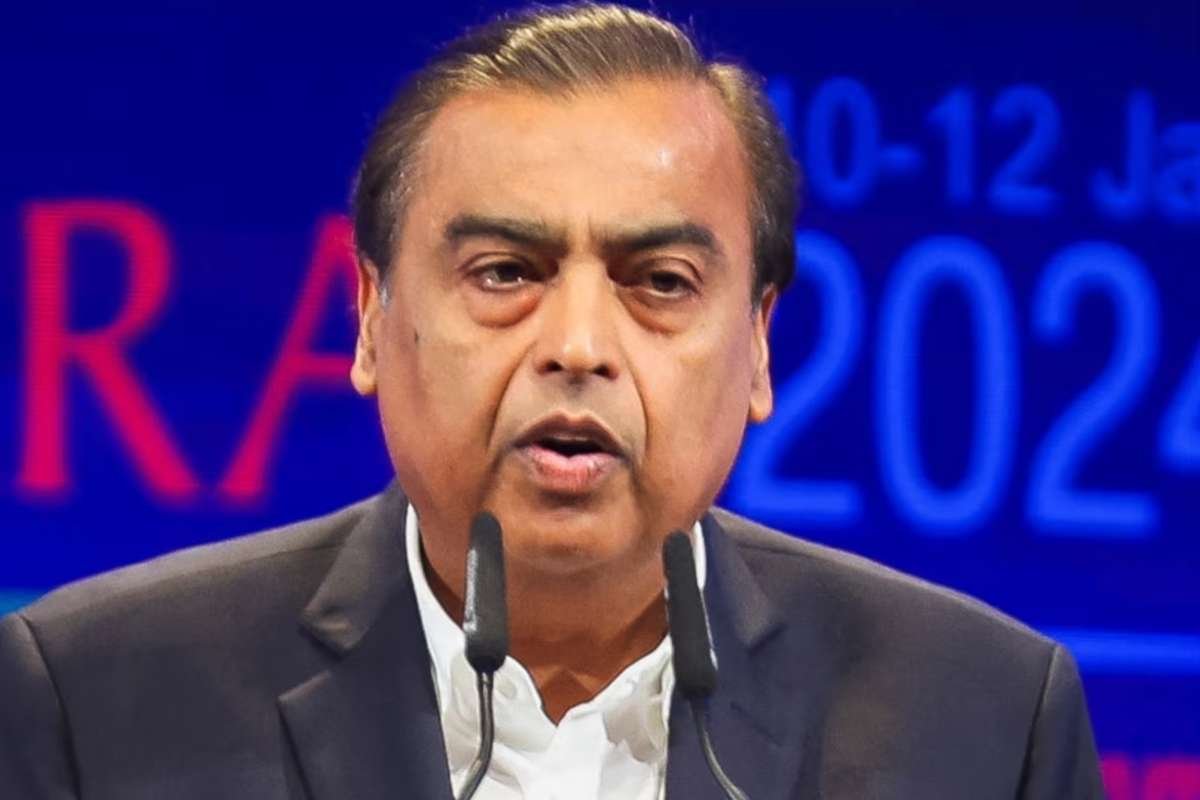Legislative Overhaul for Simpler Taxation
The Indian government has taken a major step towards tax reform with the introduction of the Income Tax Bill 2025 in the Lok Sabha on February 13, 2025. Presented by Finance Minister Nirmala Sitharaman, the bill aims to simplify tax laws without introducing new taxes. The proposed legislation replaces complex legal jargon with more straightforward terms, making the tax system more accessible to individuals and businesses alike.
Spanning 622 pages, the bill contains 536 sections and 23 chapters, as opposed to the 298 sections and 14 schedules of the 1961 Income Tax Act. One notable change includes replacing terms like ‘assessment year’ and ‘previous year’ with ‘tax year’ to facilitate better understanding. Additionally, redundant provisions have been removed, and fragmented laws have been consolidated to enhance clarity and ease compliance.
Mumbai-based investment and tax expert Balwant Jain highlighted that while the bill simplifies language and structure, it largely serves as an editorial revision of the previous act. He pointed out that the increase in sections indicates an effort to break down complex provisions into smaller, more comprehensible segments.
Revised Taxation Structure and Compliance Changes
A major highlight of the Income Tax Bill 2025 is the restructuring of income tax slabs. Individuals earning up to ₹12 lakh are now exempt from taxation, with a standard deduction of ₹75,000, effectively making income up to ₹12.75 lakh tax-free for salaried employees. These changes are expected to provide financial relief to the middle class, potentially boosting both consumer spending and savings.
Another critical update is the extension of the time limit for filing updated income tax returns. Previously set at two years, taxpayers will now have four years to correct any errors or omissions in their filings. This move is intended to ease compliance while ensuring greater accuracy in tax submissions.
Additionally, the bill aims to streamline tax deductions and exemptions. Sections 10 and 80C to 80U of the previous tax law allowed deductions for investments, donations, and certain expenses. The new bill consolidates these provisions into fewer, more structured clauses, making it easier for taxpayers to understand their benefits.
Key Provisions for Digital and Non-Profit Sectors
With the increasing prominence of digital transactions and cryptocurrencies, the new income tax bill 2025 introduces explicit provisions covering virtual digital assets. Clauses 67 to 91, define terms such as ‘virtual digital asset’ and ‘electronic mode’, ensuring that cryptocurrency transactions fall within a structured tax framework.
For non-profit organizations, the bill brings a clearer compliance structure. While the previous tax law under Sections 11 to 13 offered exemptions for charitable activities, it lacked clear compliance guidelines. The new bill, particularly under Clauses 332 to 355, introduces a more detailed framework, specifying taxable income, compliance rules, and restrictions on commercial activities.
Furthermore, the bill under Clauses 11 to 154 consolidates provisions related to startups, digital businesses, and renewable energy investments, promoting growth in these sectors. Modifications to capital gains tax rules have also been made, ensuring better clarity in defining short-term and long-term capital gains.
As part of the parliamentary process, Finance Minister Sitharaman has recommended referring the Income Tax Bill 2025 to a select committee for further review. The committee is expected to submit its report by the first day of the next parliamentary session. The proposed bill, a significant component of the Union Budget 2025, is anticipated to make tax compliance easier while fostering a fair taxation system for all stakeholders.
Also Read: Tax Strategies for Small Businesses: Smart Ways to Save and Grow







